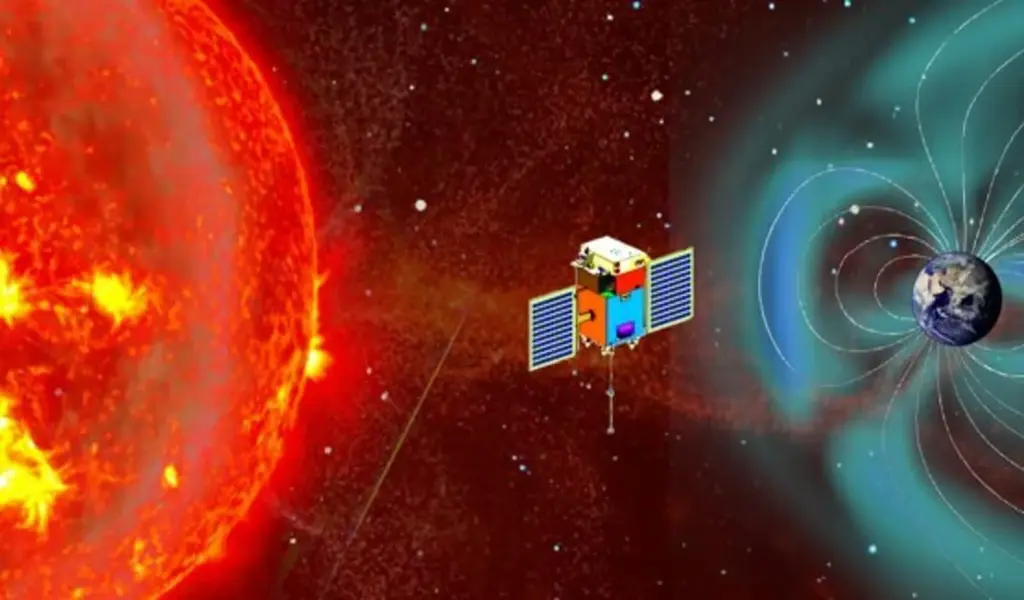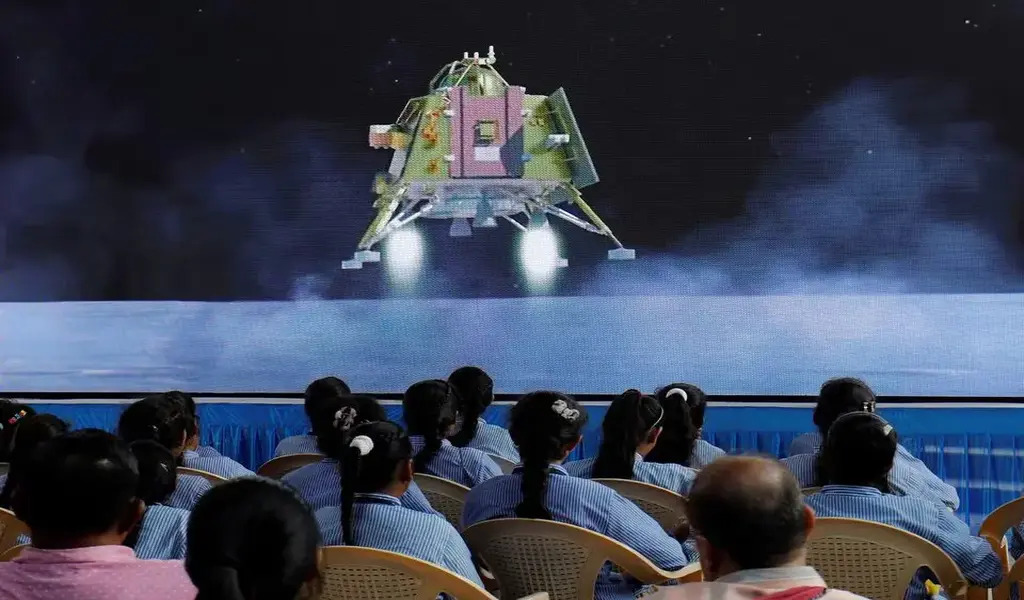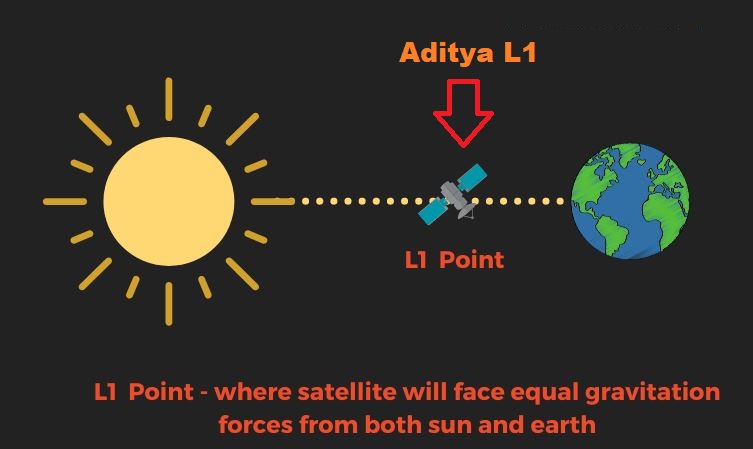News Asia
ISRO’s Upcoming Inaugural Solar Mission, Aditya L1, Poised For Launch In Next 14 Days

(CTN NEWS) – Following the successful Chandrayaan 3 mission, the Indian Space Research Organisation (ISRO) is gearing up for the upcoming launch of India’s inaugural solar mission, Aditya L1, scheduled within the next 14 days.
According to Nilesh M Desai, the director of the Space Applications Centre (SAC) in Ahmedabad, there’s a potential launch date of September 2.
The satellite, which was assembled at the UR Rao Satellite Centre (URSC) in Bengaluru, has now reached its destination at SDSC-SHAR in Sriharikota, Andhra Pradesh, and has been positioned on the launch pad.
Nilesh M Desai mentioned, “In our pursuit of studying the Sun, the Aditya-L1 mission has been meticulously planned.
The mission is fully prepared and is now in position on the launch pad. We are looking at the possibility of launching it on September 2,” as conveyed to the news agency ANI.
Aditya L1: Unveiling Solar Mysteries from Halo Orbit at Lagrange Point 1
The ISRO has stated that upon its launch, the spacecraft will be positioned in a “halo orbit around the Lagrange point 1 (L1) of the Sun-Earth system, located approximately 1.5 million km away from Earth.”
This chosen location holds significance as it offers the advantage of uninterrupted observation of the Sun without being affected by occultation or eclipses, as explained by ISRO.
A primary objective of the mission is to continuously monitor the influence of solar activities on space weather in real-time.
Through this mission, ISRO aims to gain insights into various phenomena such as “coronal heating, coronal mass ejection, pre-flare and flare activities, and their characteristics, as well as the dynamics of space weather, propagation of particles and fields, among others,” as stated by the organization.
Aditya L1 will be equipped with seven payloads designed to observe different layers of the Sun, including the photosphere and chromosphere, as well as its outermost layers.
The spacecraft will be equipped with detectors for electromagnetic particles and magnetic fields to facilitate these studies.
Out of the seven payloads, four will be dedicated to direct observations of the Sun from the unique vantage point of L1. The remaining three payloads will focus on analyzing particles and fields in that vicinity to infer the effects of solar dynamics in the interplanetary medium.
What is the Purpose of Aditya-L1?
Named after the Hindi term for the sun, Aditya-L1 represents India’s inaugural space-based solar probe.
Its primary objective is to investigate solar winds, which have the potential to create disturbances on Earth and are commonly associated with phenomena such as “auroras.”
In the long run, the insights gathered from this mission could significantly contribute to a deeper comprehension of the sun’s influence on Earth’s climate patterns.
Notably, recent findings revealed that the Solar Orbiter spacecraft, a collaborative effort between the European Space Agency (ESA) and NASA, has identified numerous relatively small jets of charged particles sporadically expelled from the sun’s outer atmosphere, known as the corona.
These discoveries have the potential to offer valuable information about the origins of solar wind and further enhance our understanding of this phenomenon.
How Far Will Its Journey Extend?
Riding aboard India’s robust launch vehicle, the PSLV, the Aditya-L1 spacecraft is set to traverse a distance of 1.5 million km over a span of approximately four months, all in pursuit of studying the sun’s atmosphere.
Its destination is a unique celestial “parking lot” where objects tend to maintain their positions due to the equilibrium of gravitational forces. This strategic positioning aids in conserving the spacecraft’s fuel consumption.
These specific points in space are referred to as Lagrange Points, named after the Italian-French mathematician Joseph-Louis Lagrange.
Mission Expenditure: What Are the Costs Involved?
Back in 2019, the government allocated a budget equivalent to around US$46 million for the Aditya-L1 mission.
While ISRO has refrained from releasing an official cost update, the Indian space agency has gained a reputation for demonstrating exceptional cost competitiveness in the realm of space engineering.
This reputation is anticipated to provide a boost to India’s now-privatized space industry.
To provide context, the Chandrayaan-3 mission, recognized for its achievement in landing a spacecraft on the lunar south pole, operated within a budget of approximately US$75 million.
RELATED CTN NEWS:
Australia Ends Immediate Access To Cheap Vocational Courses For International Students
Germany Approves New Citizenship Law to Facilitate Integration and Inclusivity
Captured History: Donald Trump’s Mugshot And Its Symbolism Amidst Political Turmoil































